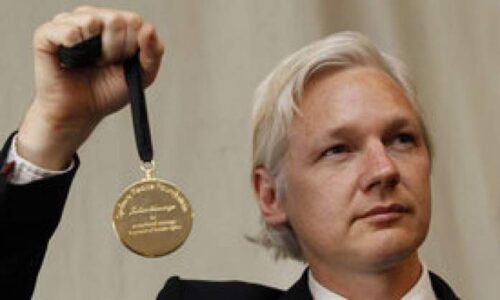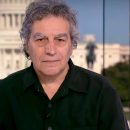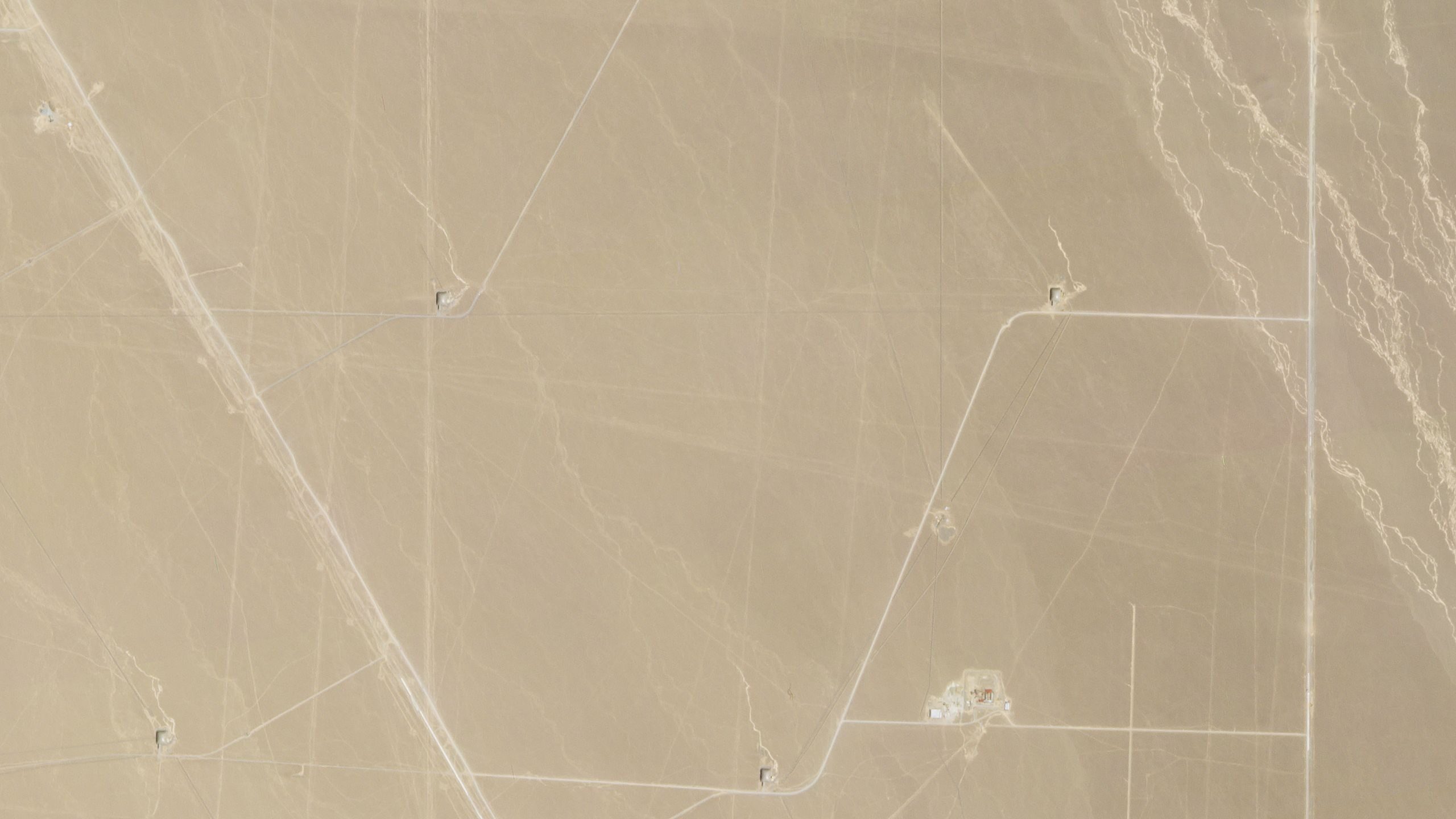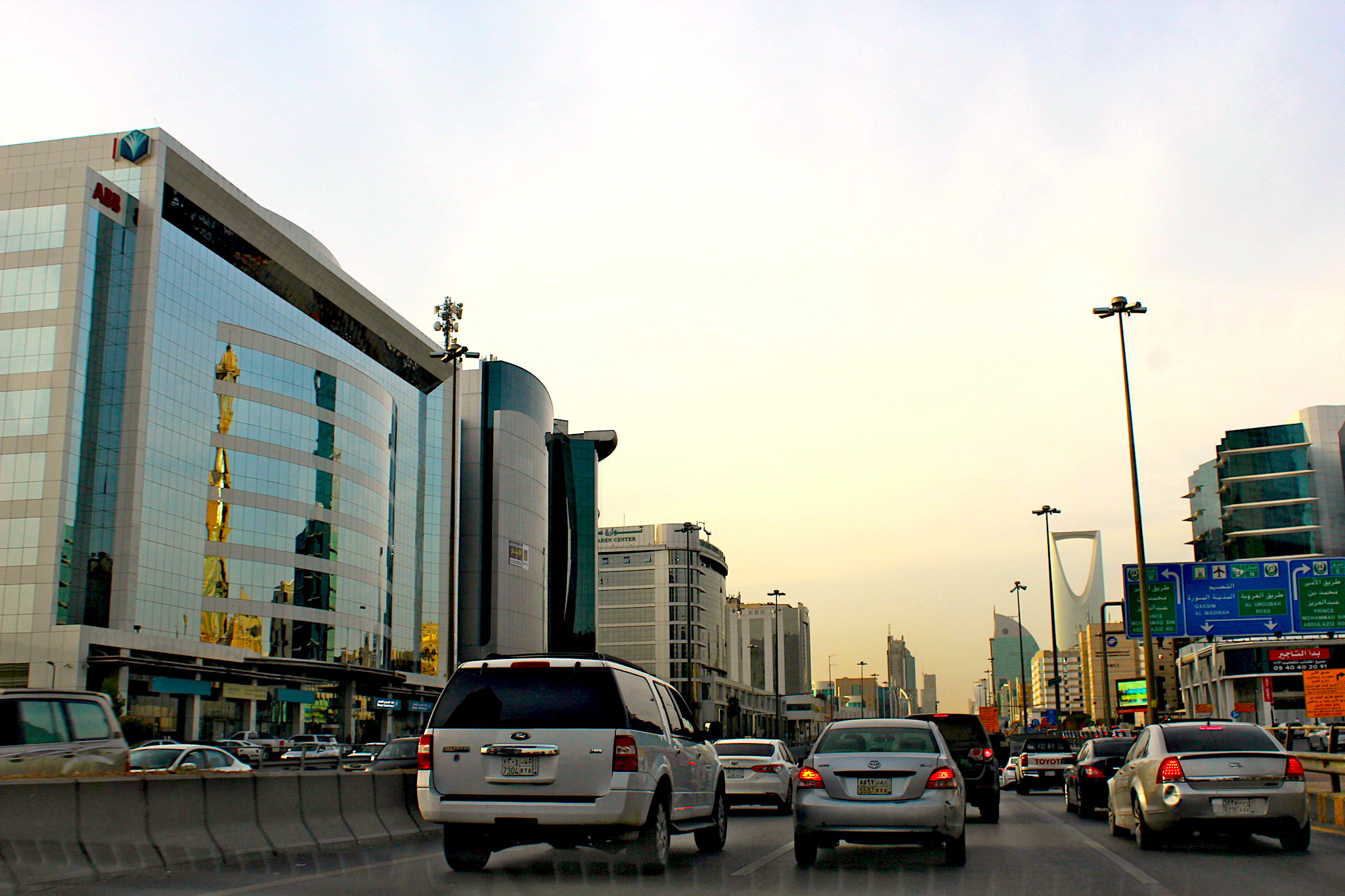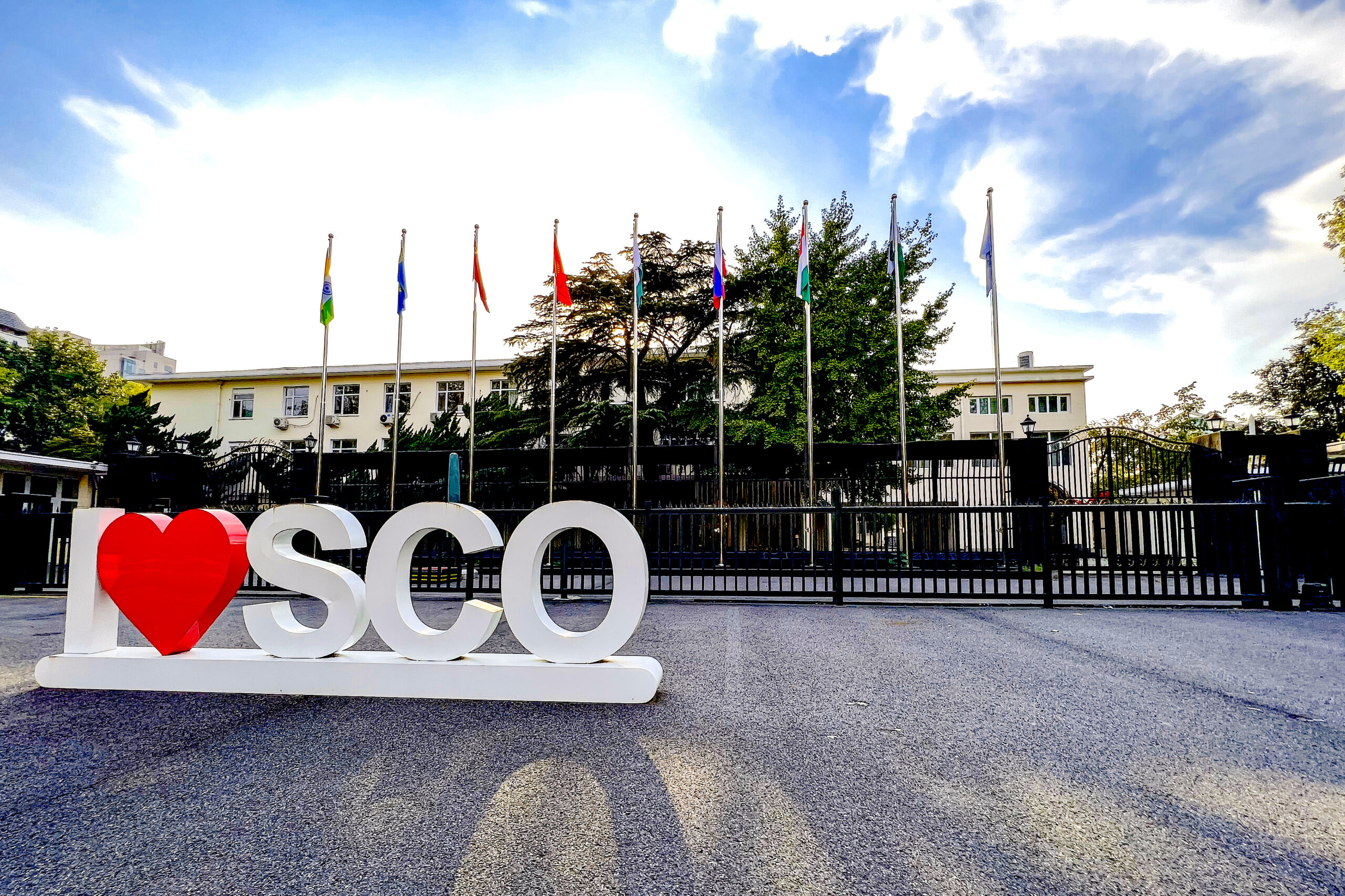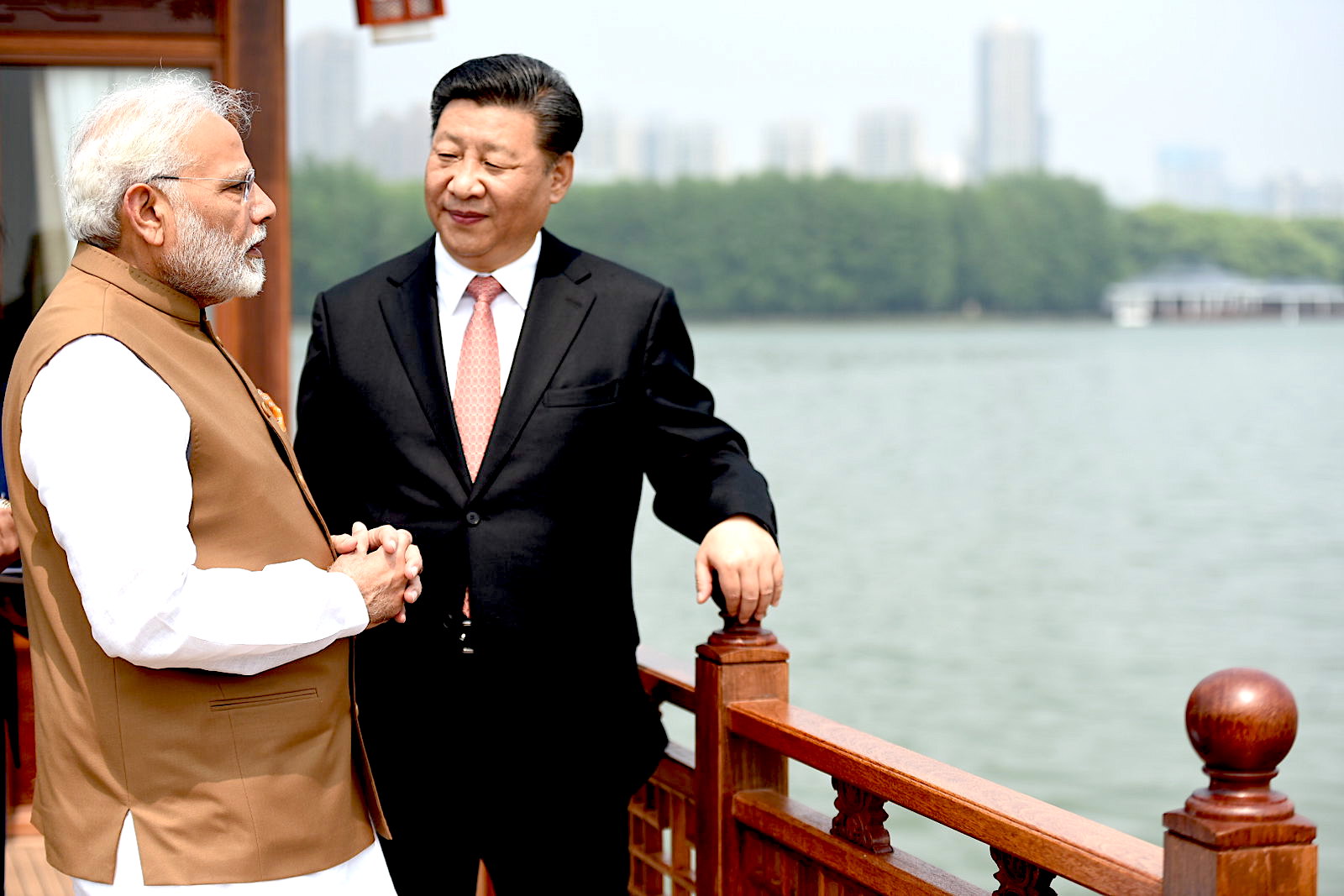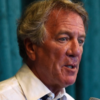Centrus Energy, DOE finalise HALEU contract
02 December 2022
The first phase of the USD150 million contract will see demonstration production of high-assay low-enriched uranium (HALEU) at Piketon by the end of 2023. Centrus says it could scale up the facility to commercial production capacity, given sufficient funding.
.jpg?ext=.jpg) An AC100M centrifuge, in a black protective covering, positioned in an assembly stand (Image: Centrus)
An AC100M centrifuge, in a black protective covering, positioned in an assembly stand (Image: Centrus)The contract signed by Centrus subsidiary American Centrifuge Operating LLC (ACO) and the US Department of Energy (DOE) follows DOE's announcement in November that it had selected ACO for the competitively awarded, cost-shared contract which runs in two phases to 2024. The first phase - a USD30 million cost share contribution from Centrus matched by USD30 million from the DOE will cover the completion of construction of the demonstration cascade of AC100M advanced uranium enrichment centrifuges at the Ohio site, bringing it online and producing some 20 kilograms of 19.75% enriched HALEU by 31 December 2023. ACO will then continue production for a full year at an annual production rate of 900 kilograms of HALEU under the second phase of the contract.
Sustainable, commercial domestic production of HALEU - enriched to between 5% and 20% uranium-235 - will be needed to fuel most of the next-generation reactor advanced reactor designs. The DOE has projected a national need for more than 40 tonnes of HALEU before the end of the decade to support the current administration's goal of 100% clean electricity by 2035.
"Centrus is strongly committed to pioneering production of HALEU to support the deployment of the next generation of reactors and help meet the surging global demand for carbon-free energy," President and CEO Daniel Poneman said. "Bringing the demonstration cascade online and starting HALEU production represents a critical step toward restoring a domestic enrichment capability for the nation."
The contract also gives the DOE options to pay for up to nine additional years of production from the cascade beyond the base contract.
Centrus said further centrifuge cascades could be added to expand capacity at the facility, given "sufficient additional funding or offtake contracts". A full-scale HALEU cascade with a capacity of about 6,000 kilograms per year could be brought on line within about 42 months of securing funding, and additional cascades could be added every six months after that, the company said. Such expansion could support hundreds of jobs in the construction and operation of the plant as well as "thousands" of direct and indirect jobs across a "100% domestic" manufacturing supply chain, it added.
Researched and written by World Nuclear News
.jpg?ext=.jpg) Darlington (Image: CNSC)
Darlington (Image: CNSC)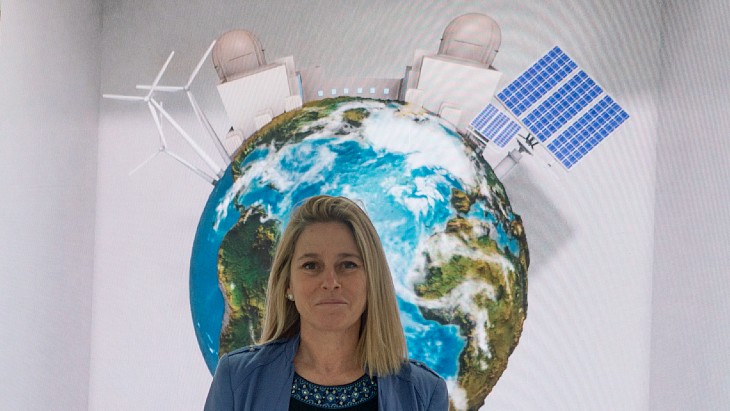 Sama Bilbao y León at COP27 (Image: World Nuclear Association)
Sama Bilbao y León at COP27 (Image: World Nuclear Association).jpg?ext=.jpg) The Hinkley Point C construction site, pictured in November 2021 (Image: EDF Energy)
The Hinkley Point C construction site, pictured in November 2021 (Image: EDF Energy)
